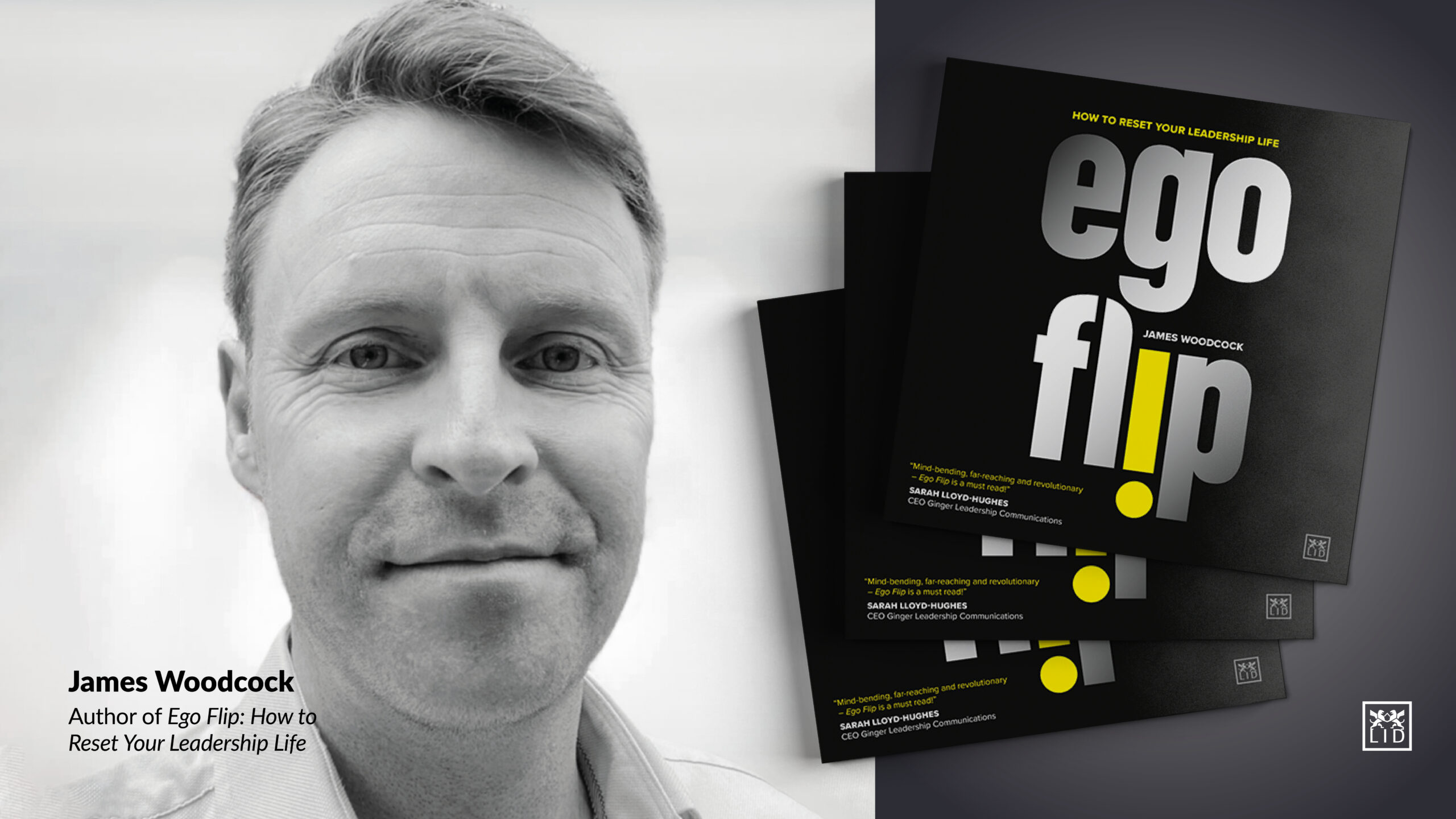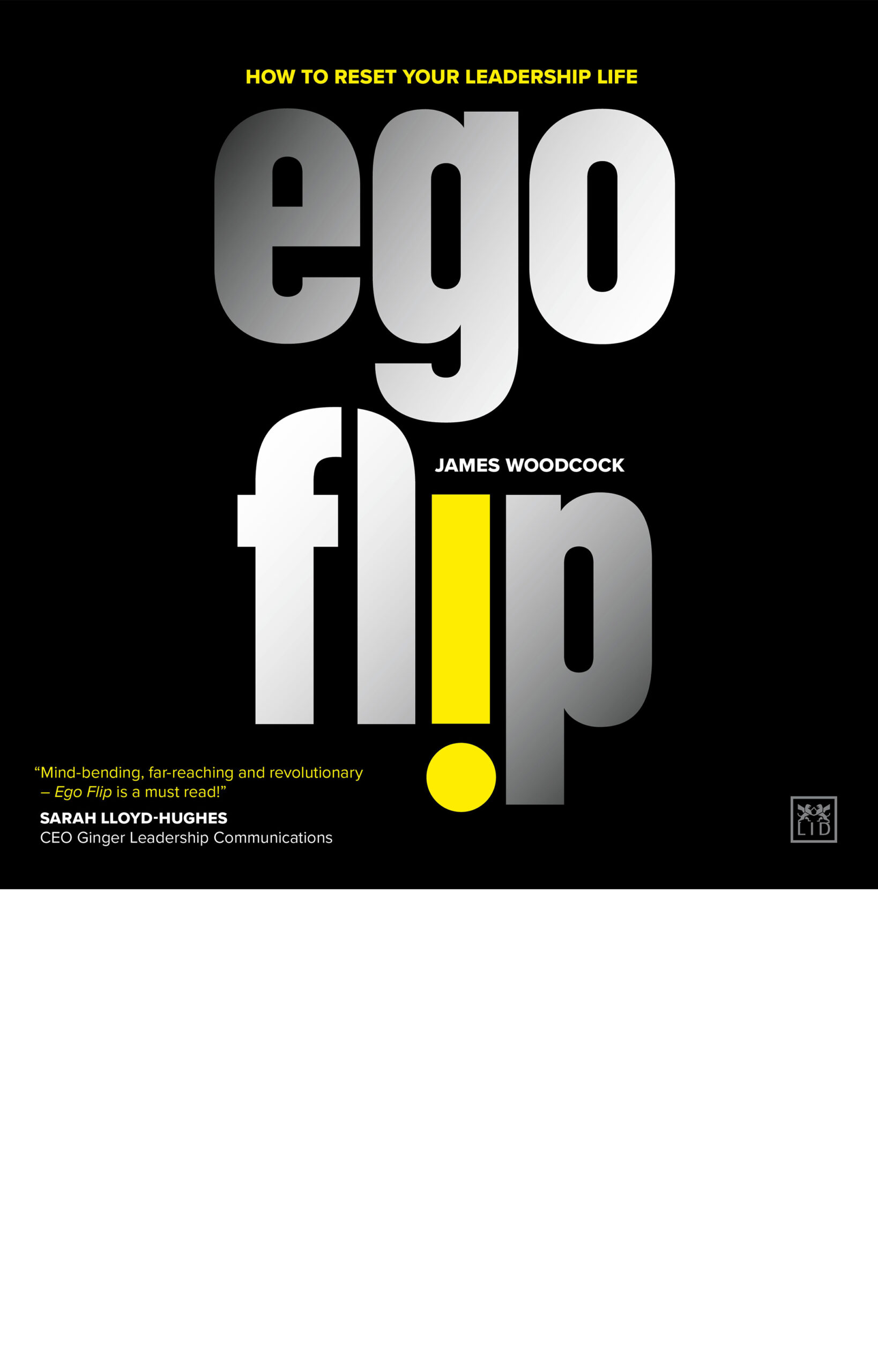|
Abandon Rules to Grow with James Woodcock
Abandon Rules to Grow

By Guest Contributor James Woodcock
Author of Ego Flip, James Woodcock, shares why companies should minimize organizational rules and promote an adaptive system.
The unwritten rule of any enterprise seeking a degree of self-organization is that individual ownership creates collective success. Yet, rules cut across this freedom, and limit creativity, curiosity and agility. The dilemma that rules present reflects the opposing need for compliance versus disruption:
- Rules are great at optimizing processes, improving quality and efficiency. BUT any optimization is by definition an attempt to hold back the tide of change. Optimization is not possible because the process will always need to adapt and improve in the midst of change.
- Rules limit the number of mistakes. BUT they also mean you don’t need to think, and it’s those mistakes that lead to learning, and to improvement.
- Rules can help establish standard, scalable processes. BUT a misunderstanding occurs in the belief that scalable processes require absolute conformity. Rather they require a divergent approach that is reflective of different contexts, harnesses different skills and accommodates neurodiverse perspectives by applying different styles of thinking to solve the same problem.
The following four principles are designed to minimize organizational rules through the promotion of an adaptive system – one that generates order spontaneously.
1 – Replace policies with judgement: It’s quite possible to redact a number of policies down to just three words: “Use good judgement.” Organizations should allow people to execute their own common sense as to what is in the organization’s ‘best interest’ (and therefore their own), and support this with only light-touch guidance. Expense policies, gifts policies, travel policies, working from home policies and work attire policies are all examples that should be left to an individual’s good judgement. When you take away the rulebook you encourage people to talk about it, and to think!
2 – Track performance, not compliance: For every rule and policy arises the need for a compliance function to monitor adherence to said rule and policy. However, more value is gained from tracking performance, rather than compliance. Netflix, for example, doesn’t track annual leave – they track individual employee performance. It means that the streaming platform can offer unlimited vacation, and observe that people still take limited annual leave, that leaders come back refreshed, and that others follow suit. When we shift focus to the outcome, it can also shift the result. Replacing an expenses policy with the offer of free meals for colleagues when they meet up may more than cover the cost when tabulated through greater collaboration and learning opportunities.
3 – Limit rules to the ‘rule-of-three’ Rules are designed to prevent risk, but organizations can only survive when people have the courage to take risks. While fewer rules are definitely better, there are some rules that are both helpful and necessary. These ‘red-line rules’ fulfill one of three conditions:
- Avoid certain death: Rules that are designed to avert disaster include certain financial, legal or ethical rules. They apply where an impact is certain and damaging (“If you do this, then this negative impact will definitely happen”). Red-line rules operate like the fencing around a playground, which separate it from the road.
- Keep the game in play: The lines on a football pitch are necessary because they provide a boundary that keeps the ball in play. Too many lines on the pitch, and the game is derailed. The most popular games and sports are often those that have the fewest rules. Organizations should try to draw as few lines across the field of play as possible, so that it is inclusive, accessible and equitable, with the game being played fairly for all.
- Set the destination: Red-line rules set the destination, not the journey. For example, while the business goal is set, the route to get there is determined by those responsible for achieving it. This self-determination is the basis of individual accountability, and why micromanagement leads to change fatigue – people are so busy looking down at their next instruction that they never have time to look at where they’re going.
4 – Help those broken by the rules: In any organization, there are those that make the rules, there are those that break the rules, and then there are those that are broken by them. Any organization seeking change will come up against ‘learned helplessness,’1 which is a direct result of rule-making and the propagation of a compliance-based culture. The term derives from a classic series of experiments undertaken in the 1960s by neuroscientists Martin Seligman and Steven Maier.2 A group of unfortunate dogs were placed in a chamber from which they could not escape, and received electric shocks. A separate group also received electric shocks, but could escape by pressing a panel with their nose. Both sets of dogs were then presented with a second chamber, featuring a low partition that the animals could jump over. As an electric shock was administered on one side of the partition, only those dogs that had learned to escape in the first experiment would jump the partition to escape the shock, despite all dogs being perfectly capable of doing so.
The same effect is observed in organizations every time an individual goes after an answer without first considering the question. It occurs every time one asks for permission or blames others when things go wrong. Learned helplessness has its routes in education. Any time we take away control and limit the exploration of our interests, we set up a parent-child mentality that defaults to take no action. The ultimate origin of organizational learned helplessness is the egoic capitulation toward authoritarian power dynamics, together with the tendency for omission bias – to judge harmful actions as worse and less moral than equally harmful inactions when perceived as the norm. To address learned helplessness, organizations need to identify what the perceived rules are that are limiting action, and what learned helpfulness looks like in this context, so that a model for it can begin to gain equal recognition.
References:
- Seligman, M. E. (1972). Learned Helplessness. Annual review of Medicine, 23(1), 407-412.
- Seligman, M. E., & Maier, S. F. (1967). Failure to Escape Traumatic Shock. Journal of Experimental Psychology, 74(1), 1.
ABOUT THE AUTHOR
Suggested Reading
 This important book explores the paradox of self-reference that lies at the heart of leadership –ie, the story of ego. It examines the assumptions that have shaped the conventional view of leadership and offers a radical new paradigm and way to lead. The author explores the important role that ego plays within individual leaders. It looks at how ego has emerged as a new “meta ego”–the coordinated, collective expression of E.G.O or Evil Genius Organization–that is polarizing our world today. And through a new leadership manifesto (a set of 8 conscious imperatives that offer a new vision for transcending the ego), the author provides a pathway for leaders to rethink today’s conventions and what great leadership really means.
This important book explores the paradox of self-reference that lies at the heart of leadership –ie, the story of ego. It examines the assumptions that have shaped the conventional view of leadership and offers a radical new paradigm and way to lead. The author explores the important role that ego plays within individual leaders. It looks at how ego has emerged as a new “meta ego”–the coordinated, collective expression of E.G.O or Evil Genius Organization–that is polarizing our world today. And through a new leadership manifesto (a set of 8 conscious imperatives that offer a new vision for transcending the ego), the author provides a pathway for leaders to rethink today’s conventions and what great leadership really means.

